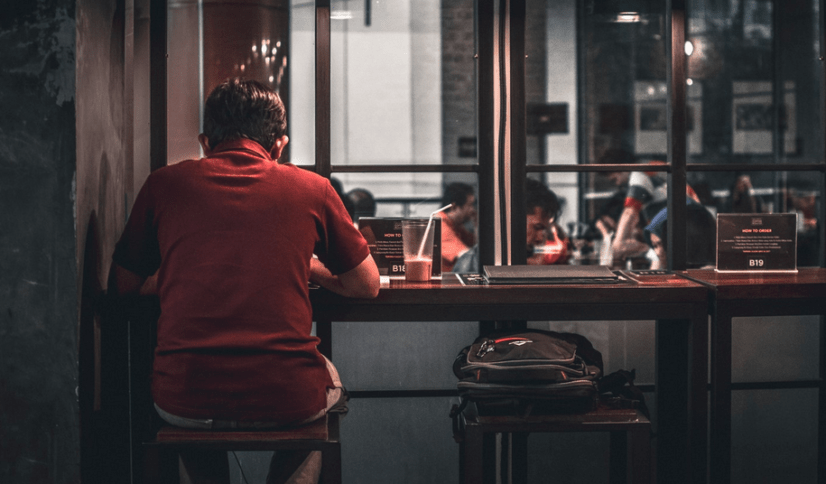In today’s world, there are so many ways for us to connect, and in wider circles than has ever before been possible. We can video chat with someone in Australia, play video games live with friends all the way across the country, and find groups of people who share our niche interests online or in Meetups. We no longer have to pursue our interests alone if there isn’t someone nearby who shares them. You would think we would feel more connected than ever, right? This article from NPR discusses a recent nationwide survey conducted by Cigna utilizing the UCLA Loneliness scale.
The findings show that while we do have more opportunities to connect, Americans continue to report high levels of loneliness consistent with previous studies. Our increased ability to connect with people doesn’t seem to be combating our overall feelings of loneliness, with at least half of Americans self-reporting feelings of loneliness, isolation, and disconnectedness.
What is surprising is how our assumptions about loneliness often do not match the reality. Many assume that loneliness impacts elderly people at a higher rate; when, according to this study, the opposite is actually true: younger generations are reporting higher levels of loneliness than the generations before them.
We also tend to blame social media for feelings of disconnectedness or discontent; however the research shows that your level of connection depends on whether you’re using social media to connect, or just to passively scroll (“long time lurkers”).
Furthermore, loneliness is actually a public health issue. It doesn’t just affect our emotional well-being, but can actually be a predictor for earlier mortality rates.
The article calls for healthcare providers and policy-makers to begin implementing measures that assess for loneliness, social supports, and connectedness.
Check back for part 2 for a discussion of how to combat loneliness!
Molly Halbrooks, LMFT

